Agricultural Best Management Practices
Some common land management practices have been developed to help prevent erosion from farm fields. They are collectively called agricultural best management practices, or BMPs. These practices are important because agriculture is a leading contributor to soil erosion. Agriculture is also important to food production. Click on the tabs below to read about some of these BMPs.
Conservation Tillage
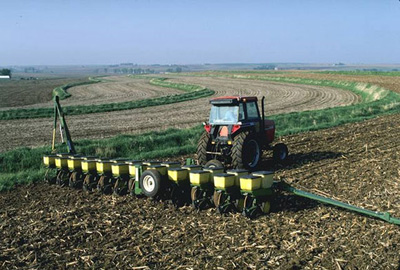
After a growing season, farmers have left-over plant material in the fields. These are plants that are no longer producing a food product and are no longer useful. They are called the crop residue, and they are usually tilled into the soil at the end of the growing season. This breaks up the soil and leaves it bare and exposed. But to help conserve the soil, farmers can use conservation tillage, which leaves at least 30% (but often more) of the crop residue standing to protect the soil from erosion. An extreme example of conservation tillage is called no-till. This involves leaving the entire crop residue on the field. In this picture you can see small pieces of crop residue left on the soil. These play a large role in protecting the soil from erosion. The machinery you see is not a tiller, but rather a seed planter that places the next year’s seeds into the ground directly through the previous crop’s residue. Conservation tillage and no-till both help slow soil erosion and slow the pollution of water with soil sediments. Traditional intensive tillage, by comparison, only encourages erosion and the subsequent sedimentation of local rivers and streams.
Cover Crops
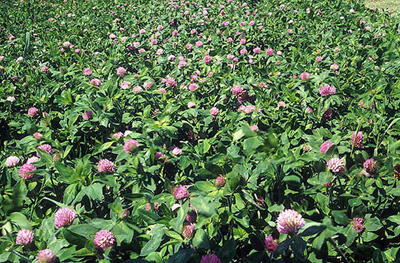
A cover crop is a plant grown on a field during the non-growing season of the regular food crop. For example, if a farmer grows barley during the normal growing season, he might plant a cover crop over his fields in the winter to keep the fields from being bare for a season. Then in the spring, when it is time to plant the barley again, the cover crop can simply be chopped down and incorporated into the soil, where it will decay and provide nutrients to the growing barley crop. Crimson clover, which you see in this image, is a common agricultural cover crop and is popular because it adds nitrogen nutrients to the soil.
Windbreaks and Buffers
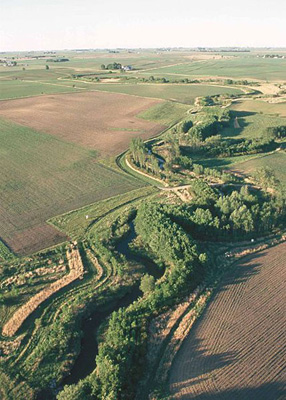
You will sometimes see rows of tall trees planted around fields to protect the fields from wind. These are called windbreaks or buffer crops. They help prevent erosion from the wind by blocking the wind as it blows toward a field.
Contour Farming
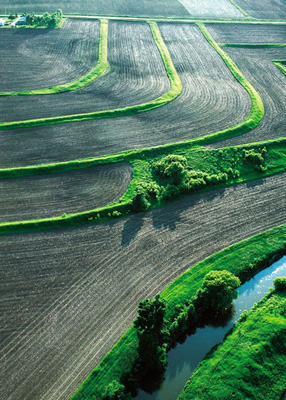
Contour farming is the practice of planting across a slope instead of up and down the slope, as seen in this picture, to help slow the erosion from the soil moving down slope. The green strips you see also help prevent erosion—they are buffer strips that slow the downhill movement of soil from the plowed field areas.
Terrace Farming
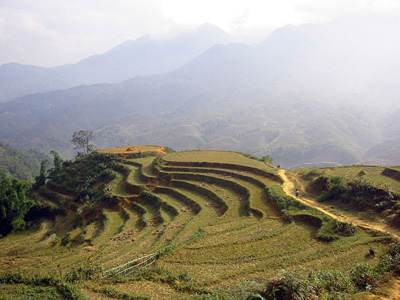
In places with very steep terrain, terrace farming is common. This practice involves leveling a section of a hill in order to slow erosion.